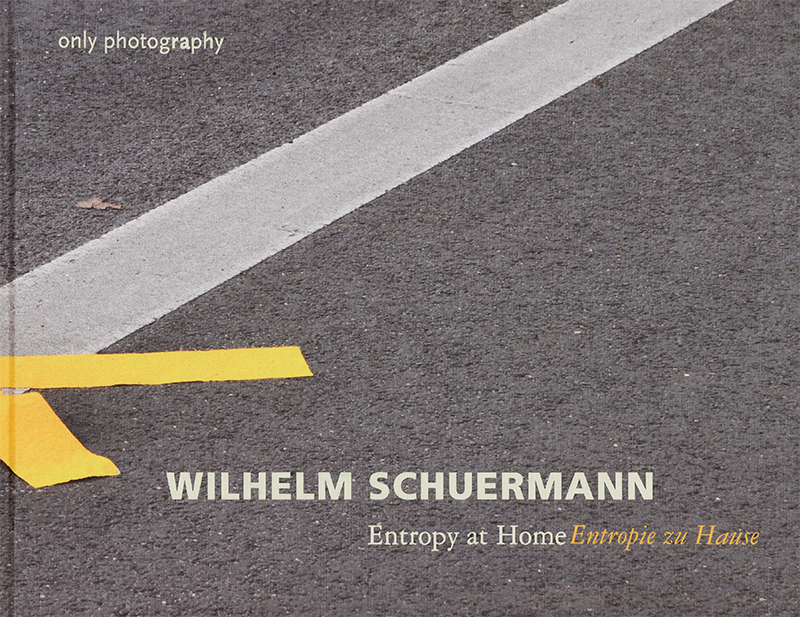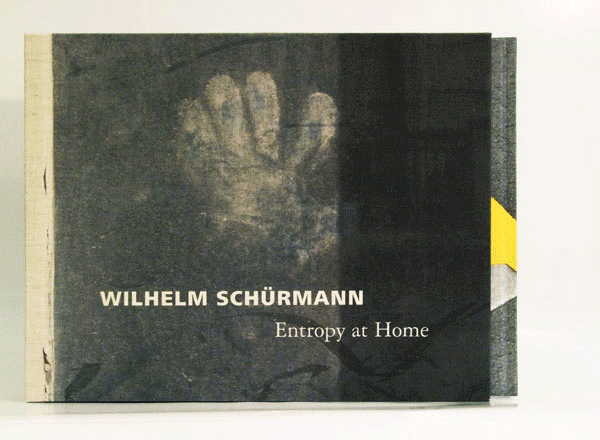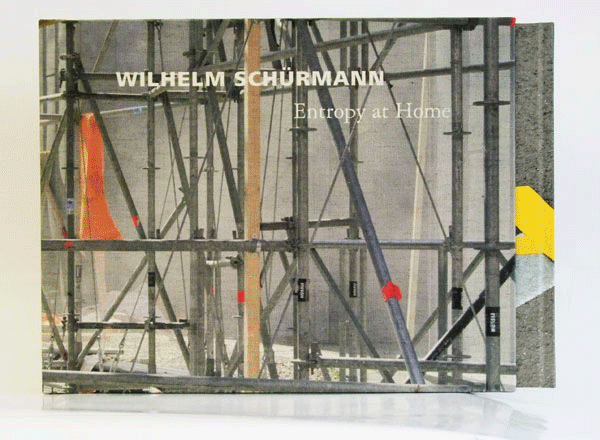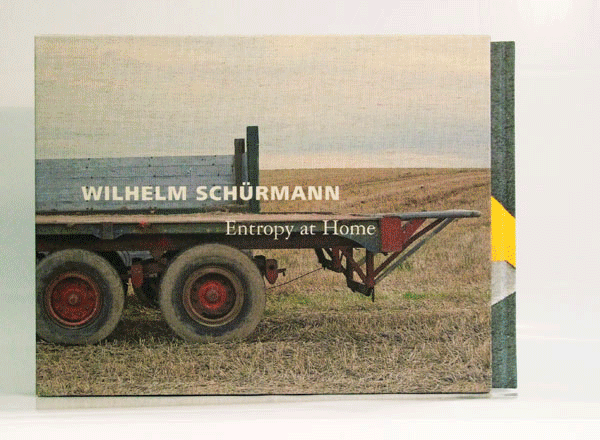

Edition Nr. 6 – 20
in a separate, hand-made linen-box, includes C-Print:
— B/W laboratory, Technical College, Aix-La-Chapelle [book page 20]
Special editions:
The books with the edition numbers 1 to 35 are special editions in a separate, hand-made linen-box; the covers are different from the regular edition. They include C- prints in the size of the book, signed and numbered by the artist in the following combinations:

Edition Nr. 21 – 35
kommt in einer separate, handgefertigten Leinen-Box mit Heißfolienprägung im Schuber; enthält den C- Print:
— Berlin 2012 [Buch Seite: 133]
Special editions: The books with the edition numbers 1 to 35 are special editions in a separate, hand-made linen-box; the covers are different from the regular edition. They include C- prints in the size of the book, signed and numbered by the artist in the following combinations:

DeLuxe Edition No. 1 – 5
in a separate, hand-made linen-box, includes C-Print:
— B/W laboratory, Technical College, Aix-La-Chapelle [book page 20] and
— Berlin 2012 [book page 133]
In many respects, Wilhelm Schürmann has been an influential force on the German art scene since the 1970s. In 1973 he and Rudolf Kicken founded ‒ in Aachen ‒ one of the first galleries for photography in Germany. After withdrawing from the gallery, he worked as a professor of photography at the FH-Aachen (technical college) here for 30 years. At the beginning of the 1980s he and his wife Gaby began to build up one of the most important existing collections of contemporary art. Schürmann’s independent viewpoint is revealed not only in his own photography but also in the composition of his collection. Meanwhile the Schürmann Collection, which encompasses large-format installations by Cady Noland, Zoe Leonard and Fareed Armaly as well as extensive cycles of work by Martin Kippenberger, Albert Oehlen, Sam Durant and Christopher Wiiliams, for example, is known as one of the most innovative collections of its kind in Germany. Numerous successful exhibition projects in various museums in Germany and the neighboring countries have brought Schürmann great acclaim as a curator, and his honors include a nomination for the direction of the Documenta.
Wilhelm Schürmann lives and works in Kohlscheid near Aachen, and in Berlin. His work focuses on the world outside his door, in the rural small town idyll as well as on the streets of the metropolis. He investigates things constructed by man as well as the contingent, and the two often clash with each other in a two-dimensional, absurd fashion in his photographs. The concept of entropy is derived from physics and describes the disordered spread of thermic energy; it provides the inspiration for the perspective from which he observes this spectacle, i.e., with his warm humor and enthusiasm for the everyday phenomena of life. This attitude has developed into a trademark of his photography.
As early as 1979, Klaus Honeff included him among the ranks of the author photographers in his Bonn exhibition In Deutschland, accrediting him with a kind of ‘Road-Photography’ displaying considerable self-will. 1990 saw the publication of his large-format photo book das nötig, which lent that fragmentary, commercial sounding, abbreviated title to a survey of the previous decade. In 1993, in Pegel Köln, he published a city portrait that avoided the customary clichés. In 2012 the Cologne-based foundation SK-Stiftung showed a first retrospective of the series made between 1979 and 1981 in Dortmund’s Steinhammerstraße in the exhibition and book Wegweiser zum Glück. Today, the artist’s combination of documentary stocktaking and personal involvement is compared with the photographs of the New Topographics from the USA.
While the early prints were still analogue and exclusively black and white, the latest photographs are defined by the possibilities of digital technology, and in color. They are also very much more spontaneous and rapid. Schürmann investigates life with his camera, and the dualism between the centre of Berlin, starting out from Karl Marx Allee with a perspective of Alexanderplatz, and the rural motifs from the extreme west of Germany frames Schürmann’s immediate pictorial world; a world in which the photographer and artist equates perception and reflection.
